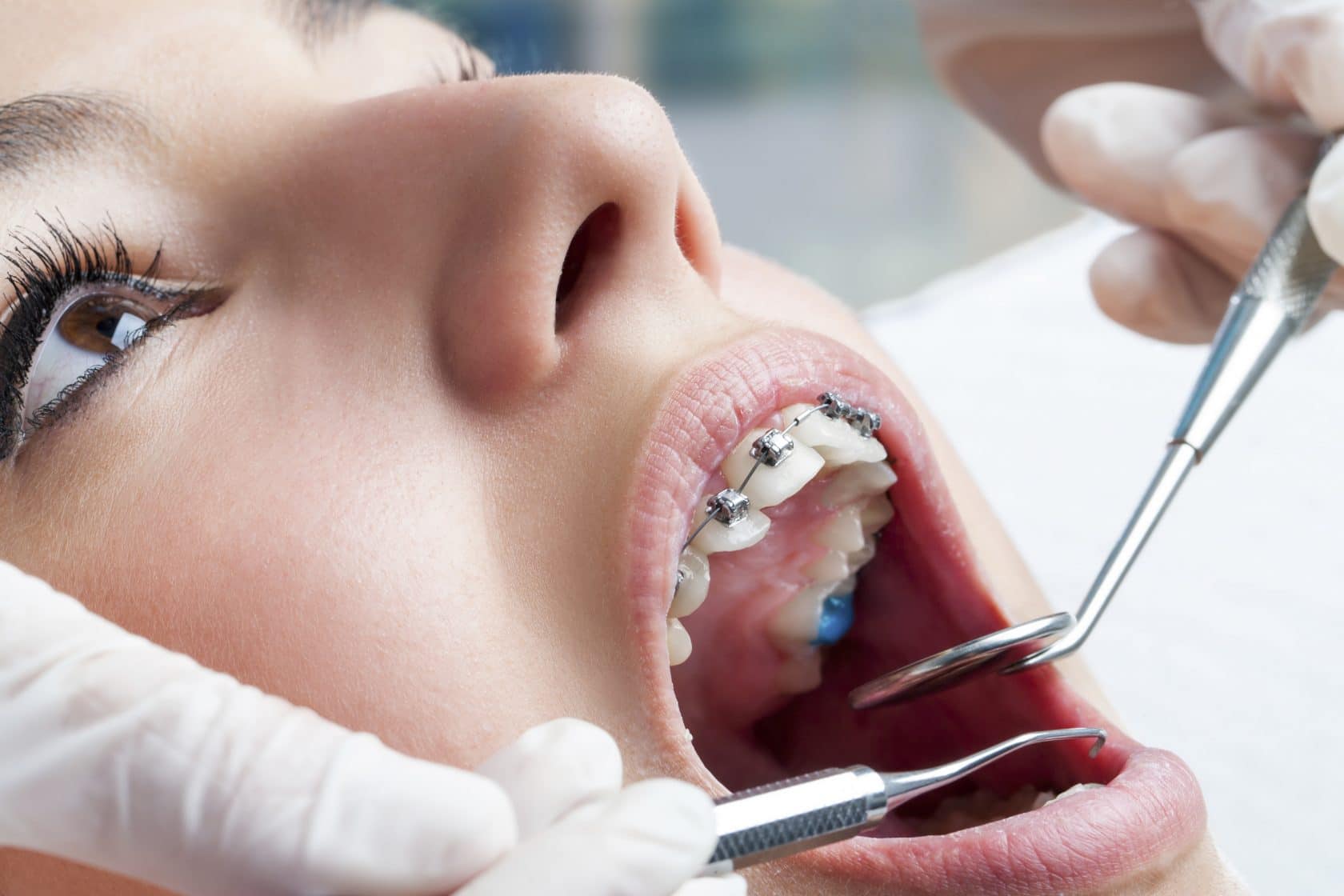How Cumming Orthodontics Can Transform Your Smile with Invisalign and Braces
Comprehensive Guide to Orthodontics Procedures for Correcting Oral Imbalances
In the realm of orthodontics, the trip to achieving a completely aligned smile entails a myriad of procedures customized to deal with dental imbalances. From traditional braces to unseen aligners and even surgical alternatives, the area of orthodontics provides a series of remedies to deal with differing levels of dental irregularities. Recognizing the complexities of each treatment, including their devices, benefits, and prospective drawbacks, is important in making informed decisions concerning one's orthodontic therapy. As we browse through the detailed overview to orthodontic treatments for correcting oral imbalances, the detailed details of each approach will unfold, losing light on the path toward a harmonious and practical oral positioning.
Orthodontic Procedures Review

Regular changes and surveillance are critical parts of orthodontic treatment to make sure progression is on track and to make any essential modifications along the method. By going through orthodontic treatments, patients can not only accomplish a straighter smile however additionally improve their general oral wellness and feature.
Traditional Braces: Exactly How They Work
When considering orthodontic therapies for dental imbalances, conventional braces stand out as a reliable approach for fixing teeth positioning. Standard braces include braces, cables, and bands that interact to apply constant pressure on the teeth, gradually relocating them into the desired placement. The brackets are attached to the teeth using an unique adhesive, and the wires are threaded with the brackets. By changing the tension of the wires, orthodontists can manage the instructions and force put on each tooth, guiding them right into correct positioning over time.
As stress is applied to the teeth through the braces, the bone surrounding the teeth is improved to sustain the brand-new tooth positions. Patients will certainly need routine modifications at the orthodontist's office to make sure the dental braces continue to apply the appropriate pressure for efficient teeth motion.
Undetectable Aligners: Benefits And Drawbacks
Undetectable aligners provide a practical and discreet option to traditional braces for correcting dental misalignments. These clear, customized trays are practically undetectable when used, making them an enticing alternative for people looking for a much more visually pleasing orthodontic treatment. One of the key advantages of invisible aligners is their removability, enabling for simpler maintenance of oral hygiene compared to traditional dental braces. People can get rid of the aligners prior to eating or cleaning their teeth, lowering the threat of food obtaining sedation dental care stuck in the appliance and streamlining the cleansing process.

Surgical Orthodontic Options
Surgical treatments in orthodontics present practical alternatives for resolving complicated oral misalignments that might not be properly dealt with with traditional orthodontic therapies. While typical dental braces and undetectable aligners can fix several orthodontic concerns, certain cases require medical intervention to accomplish ideal results. Surgical orthodontic choices are normally advised for serious malocclusions, considerable jaw inconsistencies, and situations where the underlying bone framework needs modification to achieve proper alignment.
One common medical orthodontic procedure is orthognathic surgical treatment, which includes repositioning the jaws to correct useful problems such as problem chewing or talking. This surgical procedure is commonly performed in cooperation with an orthodontist that assists align the teeth before and after the treatment. Surgical orthodontics may also entail treatments to subject impacted teeth, get rid of excess gum tissue, or improve the jawbone to produce a more unified facial profile.
Prior to thinking about surgical orthodontic alternatives, individuals undergo a comprehensive analysis to figure out the need and possible benefits of such interventions. orthodontics. While surgery may seem complicated, it can considerably boost both the function and appearances of the smile in cases where standard orthodontic therapies fall short
Retainers and Post-Treatment Care

Failing to abide with post-treatment care instructions can result in regression, where the teeth slowly relocate back in the direction of their original positions. Regular retainer wear, good dental hygiene, and regular dental examinations are necessary for maintaining the outcomes achieved with orthodontic surgical treatment and making certain the long-term security of the fixed oral alignment.
Final Thought
In verdict, orthodontic procedures use different choices for fixing oral misalignments. Typical braces use steel brackets and wires to change teeth into correct positioning. Unseen aligners provide a more very discreet choice but might not be ideal for all instances. Surgical orthodontic options are offered for much more extreme misalignments. Retainers are frequently used post-treatment to preserve the brand-new alignment. In general, orthodontic treatments can efficiently improve oral wellness and aesthetic look.
As we browse through the comprehensive guide to orthodontic procedures for fixing oral misalignments, the detailed information of each method will unravel, shedding light on the course toward a functional and harmonious dental placement. - aligners
One of the most typical orthodontic treatments is the use of dental braces, which consist of steel brackets and cords that apply mild stress to gradually move teeth into the preferred position.When taking into consideration orthodontic treatments for dental imbalances, conventional dental braces stand out as a time-tested technique for fixing teeth placing. Furthermore, invisible aligners might not be appropriate for complicated orthodontic concerns that need even more considerable teeth movement, as they are typically suggested for moderate to moderate situations. Retainers are personalized orthodontic gadgets created to hold teeth in their remedied settings after the conclusion of orthodontic therapy.